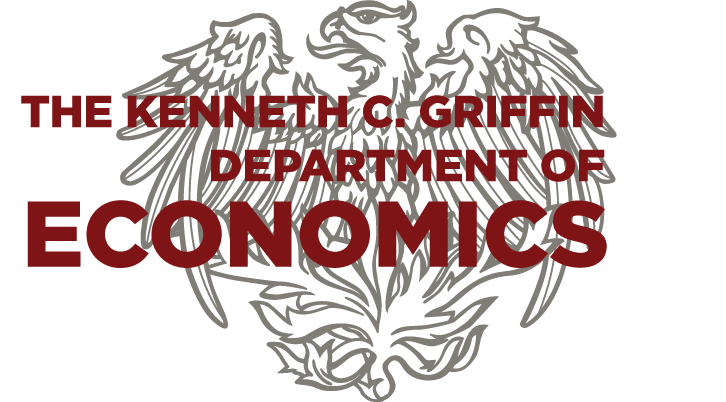COVID-19 and Pandemics
Working Papers
Abstract: Relative to remote work, working downtown facilitates valuable interactions with other in-office workers, but entails commuting costs. The resulting coordination mechanism can lead to multiple stationary equilibria with different levels of remote work. Temporary reductions in commuter shares, such as the COVID-19 pandemic, can then lead to persistently large fractions of remote workers. Consistently, using cell-phone-based mobility data for the U.S., we document that trips in the largest cities have stabilized at levels that are only about 60% of pre-pandemic levels, while smaller cities have returned to pre-pandemic levels. U.S. cities that exhibit multiplicity experience average welfare losses of 2.3%.
Journal Publications
Abstract: We provide theory and evidence on the relationship between globalization and pandemics. Business travel facilitates trade and travel leads to human interactions that transmit disease. Trade-motivated travel generates an epidemiological externality across countries. If infections lead to deaths, or reduce individual labor supply, we establish a general equilibrium social distancing effect, whereby increases in relative prices in unhealthy countries reduce travel to those countries. If agents internalize the threat of infection, we show that their behavioral responses lead to a reduction in travel that is larger for higher-trade-cost locations, which initially reduces the ratio of trade to output.

